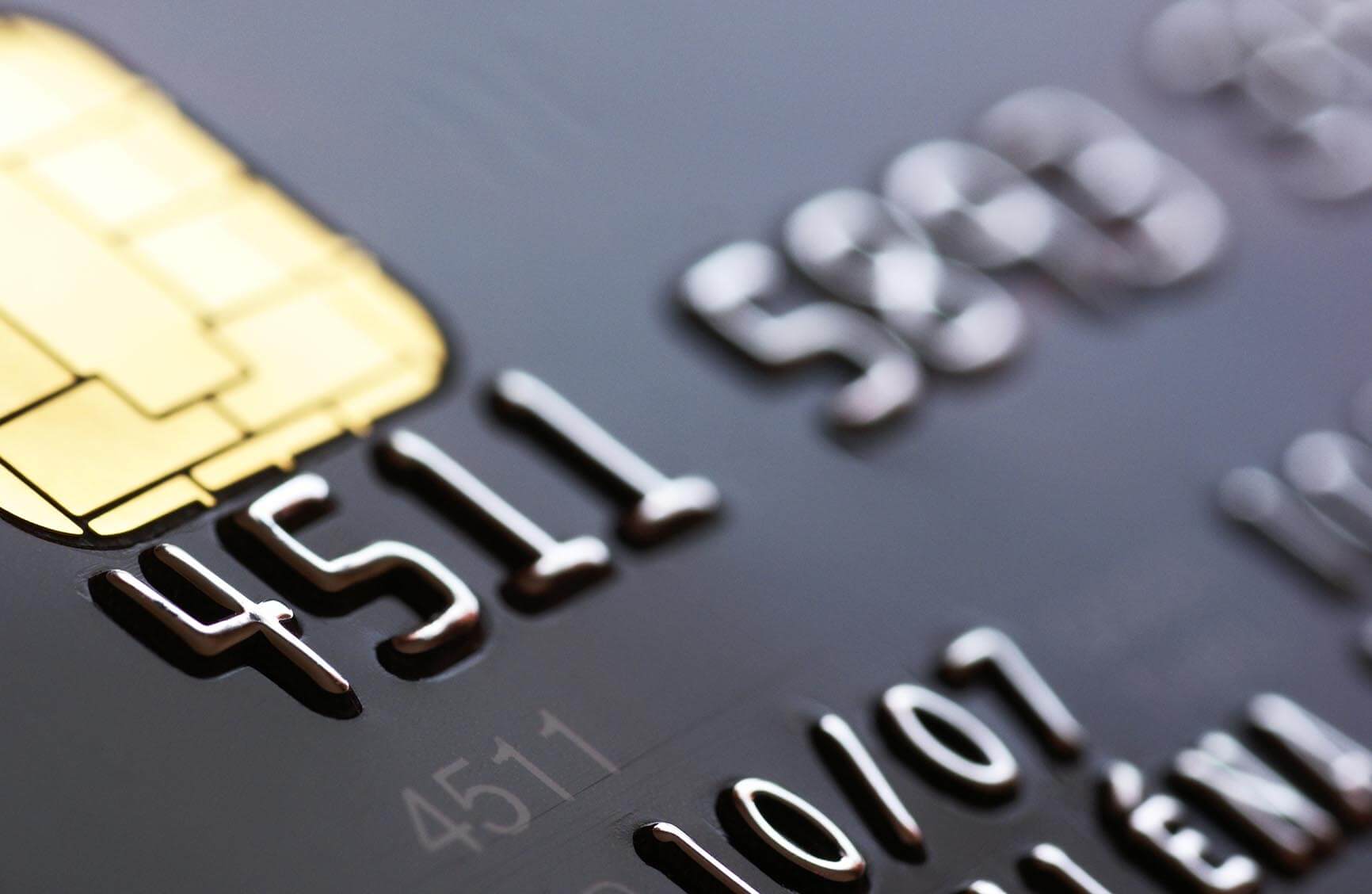It’s no secret that payment card fraud is a growing problem all over the world. Between rising fraud rates and the October 2015 EMV liability shift, EMV cards and EMV-enabled terminals are now commonplace.
To make sure that you’re in the know about EMV chip card technology, below are answers to some of the most common questions surrounding EMV.
What is EMV?
- EMV stands for Europay International, MasterCard and Visa and helps stop counterfeiting and fraudulent payments
- Rather than a magnetic stripe, EMV uses a microprocessor chip embedded in the card
- EMV cards can be either debit cards or credit cards and are often referred to as chip cards or smart cards
What does an EMV chip provide?
- Offers enhanced cardholder verification
- Makes it virtually impossible for criminals to counterfeit cards
- Validates the authenticity of each transaction with a unique digital signature
Are there any other benefits to EMV?
- Lower stolen card fraud (when verified by a PIN)
- Fewer chargebacks because EMV verifies that the cardholder was present via EMV card readers
- More satisfied customers because cardholders know their card will work; this is especially important for travelers from other countries where EMV cards are prevalent.
In October 2015, the liability for transactions made with counterfeit cards shifted to merchants without EMV capability in the POS systems. Failure to comply means that merchants will be held financially responsible for any resulting card-present counterfeit card losses.
What do merchants need to do?
- Eventually, all merchants will need equipment that has a smart card reader (EMV card reader) for chip cards, in addition to a magnetic stripe reader.
- The easiest way to tell if a merchant’s terminal is EMV-capable is to see if it has a slot on the front where the consumer would ‘dip’ their card.
- In order for the terminal to be fully EMV-ready, it also needs the right software application, which can be obtained by downloading it from your merchant services provider.
- This means that if a merchant already has an EMV-capable terminal, they shouldn’t have to buy a new terminal to accept EMV cards.
It is not mandatory for merchants to support EMV, but failing to adopt EMV will expose merchants to additional fraud risk over time. The best time to adopt EMV for each merchant depends on a variety of factors, including:
- Ticket size: Coffee shops can afford to absorb a few fraudulent transactions at $5 each, but a jewelry store owner would feel quite differently about the loss on a single $10,000 transaction.
- Customer base: Businesses that have more foreign customers and more affluent customers will have more customers with EMV cards until they are fully adopted in the U.S.
- POS equipment: Businesses with a single credit card machine will find it much easier and cheaper to upgrade than a business with a multi-station point-of-sale (POS) system.
- Desire for new payment options: Merchants who want to accept new forms of payment, including Apple Pay and other mobile payments, can achieve these benefits at the same time they enable EMV.
Business owners must balance all of these factors when deciding the right time to adopt EMV.

by Clearent by Xplor
-
First published: May 20 2023
Written by: Clearent by Xplor
